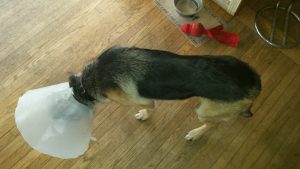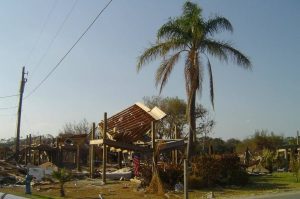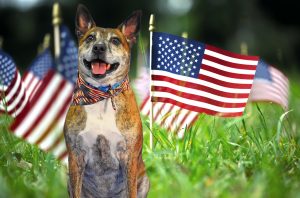Local Low Cost Pet Care
Low-cost Clinics
In each newsletter we will list various shelters and organizations that provide low-cost veterinary services, such as vaccines, microchipping, and spay/neuter to individuals who may need financial assistance affording vet care for their companion animal(s).
Animal Protective Foundation (APF) – Located at 53 Maple Avenue in Scotia, the APF provides lower-cost spay/neuter clinics. Appointments must be made in advance by calling 374-3944, ext. 121 or 125 (please leave a message) or email: afpclinic@animalprotective.org. For more details go to: www.animalprotective.org
Battenkill Veterinary – Rabies Vaccination Clinics held Monday through Friday from 2-3PM on a walk-in basis. For more details: http://battenkillveterinary.com/
Mohawk Hudson Humane Society – Lower-fee spay and neuter for individuals with limited income. Appointments must be made in advance by calling the Menands shelter at 434-8128 or the Saratoga shelter at 886-9645. For more details go to: www.mohawkhumane.org/spayneuter.html
Low Cost Spay-Neuter Services in the Utica Area: http://lite987.com/low-cost-spay-and-neuter-programs-in-the-utica-area/
Capital Region PETCO Stores – Low cost vaccinations through VETCO, with convenient hours. Click here to check availability at Capital District stores.
Pet Supplies Plus – VIP PetCare Community Veterinary Clinic offering: low cost vaccines, heartworm testing and prevention, and other preventative veterinary services including canine Rabies vaccines and micro-chipping. No appointment necessary, first-come, first-served. For more information, visit www.VipPetCare.com or contact the store. Click here to check availability at Capital District stores.
Tractor Supply Company (TSC) – Offers monthly preventative vet care visits at many of their locations in the Capital District, Washington County, and Bennington County, Vermont. The clinics are operated by VIP Petcare Mobile Clinics with a licensed vet on staff. No appointment is needed and there is only a charge for the vaccinations. Contact your local TSC for dates and times. Click here to reach the Tractor Supply website.
In Case You Don’t Live in NY’s Capital District, you can find low cost spay-neuter clinics at this cool ASPCA site: Click Here to check it out.






